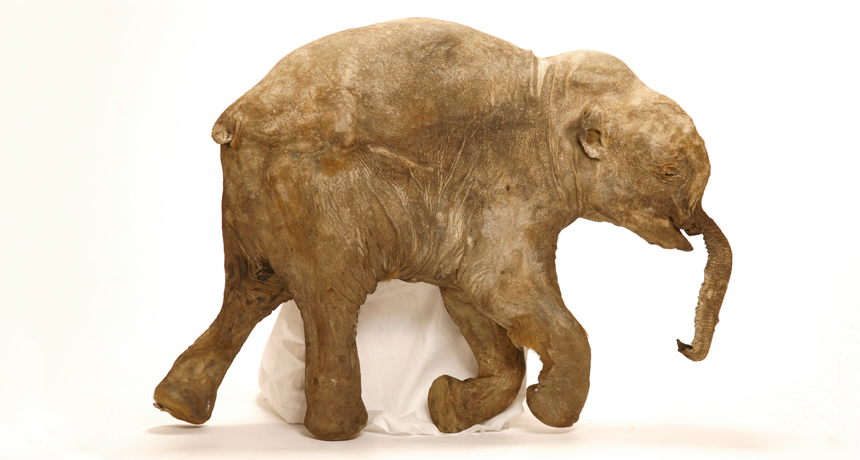Baby mammoths died traumatic deaths
CT scans reveal mud in windpipe and lungs

UNTIMELY DEMISE This well-preserved woolly mammoth baby, nicknamed Lyuba, probably suffocated after sucking mud into her lungs, CT scans suggest.
Francis Latreille
CT scans reveal mud in windpipe and lungs

UNTIMELY DEMISE This well-preserved woolly mammoth baby, nicknamed Lyuba, probably suffocated after sucking mud into her lungs, CT scans suggest.
Francis Latreille